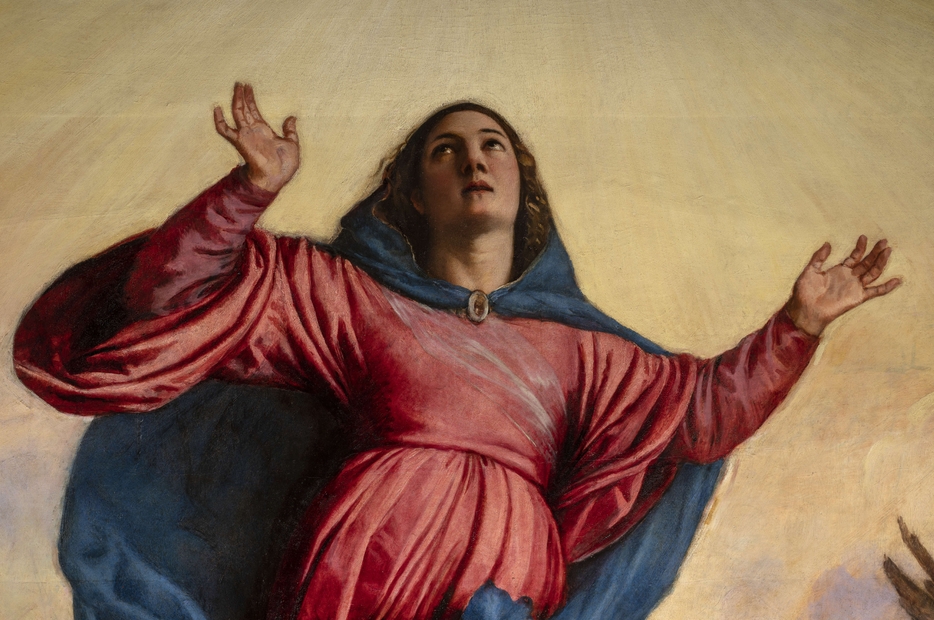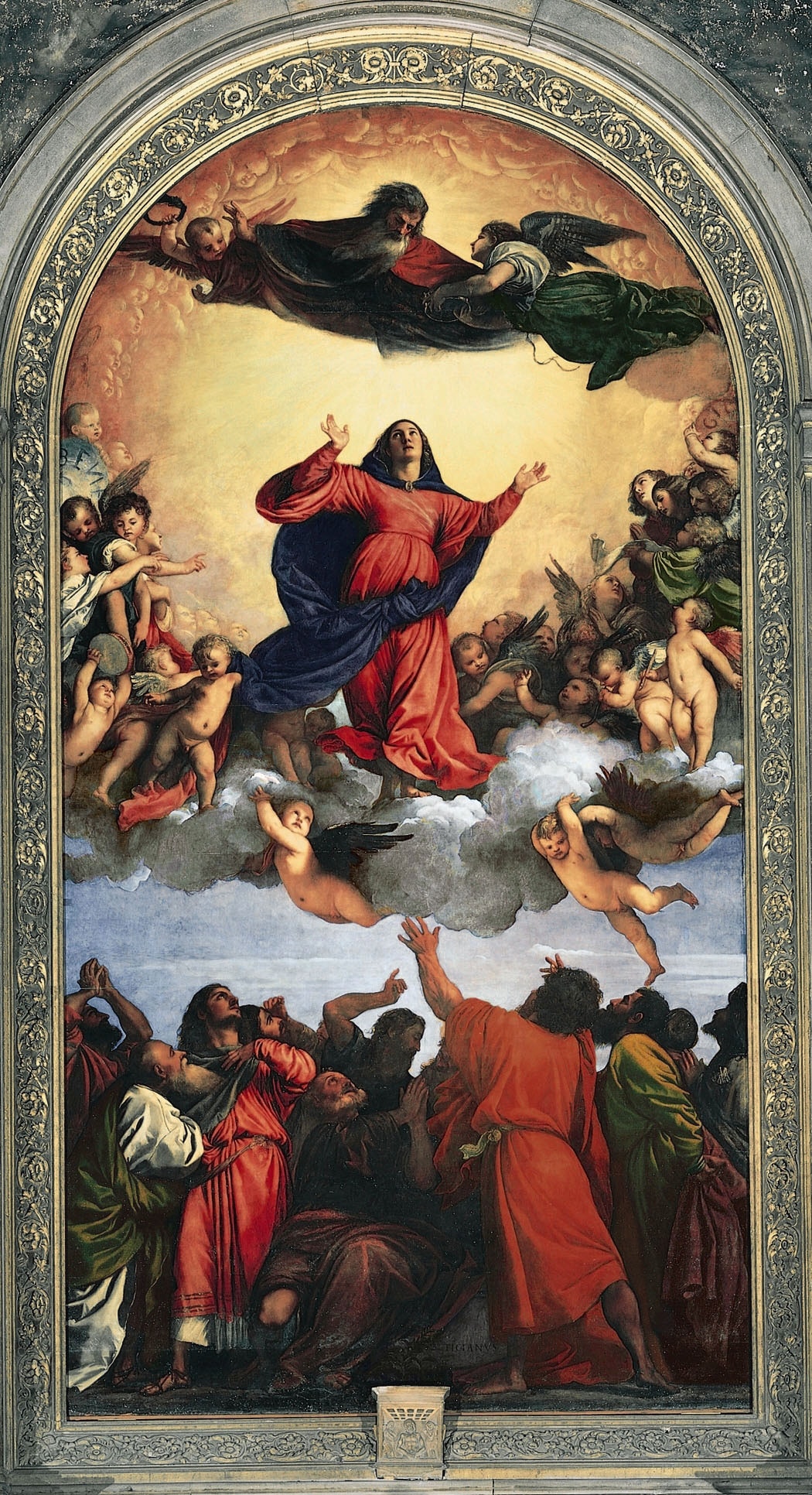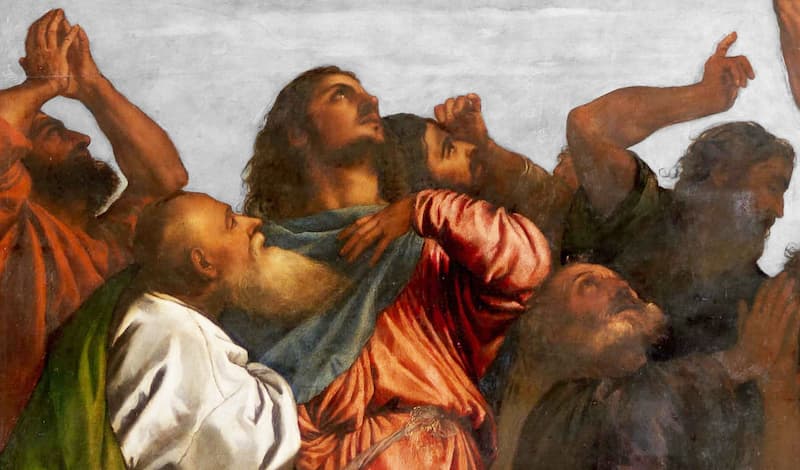
Created in 1516, Titian’s majestic Assumption is one of the great masterpieces of the most important 16th century artist in Venice and the world.
Of all Titian’s works, this is one of the most beautiful and one of the rare masterpieces that can still be admired in the place for which it was created.
In this post I explain why Titian’s Assumption is one of the great masterpieces of art history and why you should see it.
Titian’s majestic Assumption: a masterpiece in the Basilica dei Frari in Venice

Titian’s beautiful altarpiece depicting the Assumption was made for the high altar of the Basilica dei Frari in Venice, one of the most beautiful Venetian churches.
The work was commissioned by Titian in 1516 and placed inside a monumental marble aedicule in 1518 in a solemn ceremony, described by historical documents.
DESCRIPTION OF TIZIANO’S MAJESTIC ASSUNTA
In depicting the Assumption of the Virgin into heaven, Titian achieves a new composition from an iconographic and stylistic point of view.
The artist in fact abandons the traditional subjects that referred to Mary’s death, mourning and burial. He depicts the miraculous event of her ascension and coronation as Queen of Heaven.
The Virgin is assumed into heaven amidst the amazement of the apostles, placed in the lower part of the canvas, and the joy of the angels who accompany her towards God, ready to welcome her with open arms.
Mary is beautiful and can rightfully enter Titian’s gallery of extraordinary portraits of women, which the artist produced throughout his life, enriching his paintings.
The revolutionary novelty of Titian’s altarpiece was immediately understood by his contemporaries and in fact there are numerous historical documents documenting the wonder of those who were able to admire the work in the early days of its exhibition at the Basilica dei Frari.
Not only did Titian create a masterpiece in terms of composition, but he also used colour in an unprecedented and original way.
It is the flashes and contrasts of colour that accentuate the drama and solemnity of the miraculous event.
SOME CURIOSITIES ABOUT TITIAN’S ASSUMPTION
With the altarpiece of the Assumption, Titian started a series of major religious commissions. In practice, this work sanctioned his consecration and entry into the churches of Venice and beyond.
A little-known detail about Titian’s Assumption is that the painter himself made significant changes to the original painting after it was completed. Initially, the figure of Mary was painted with her arms stretched downwards, but later Titian decided to change the position of her arms, raising them upwards in a gesture of welcome and elevation. This modification gives the work an even more powerful sense of dynamism and movement, emphasising Mary’s ascent towards heaven. This artistic choice shows Titian’s attention to detail and his desire to perfect the work even after it was initially considered complete.
Over the centuries, Titian’s work has undergone several vicissitudes. In 1944, during the Second World War, the Assumption was saved from the bombings thanks to a group of volunteers who removed the paintings from the Basilica dei Frari to safety. The Assumption was moved and hidden in a country church until the end of the conflict, when it could be returned to its original location. Today, the work is still visible in the Frari Basilica, captivating visitors with its timeless beauty.


